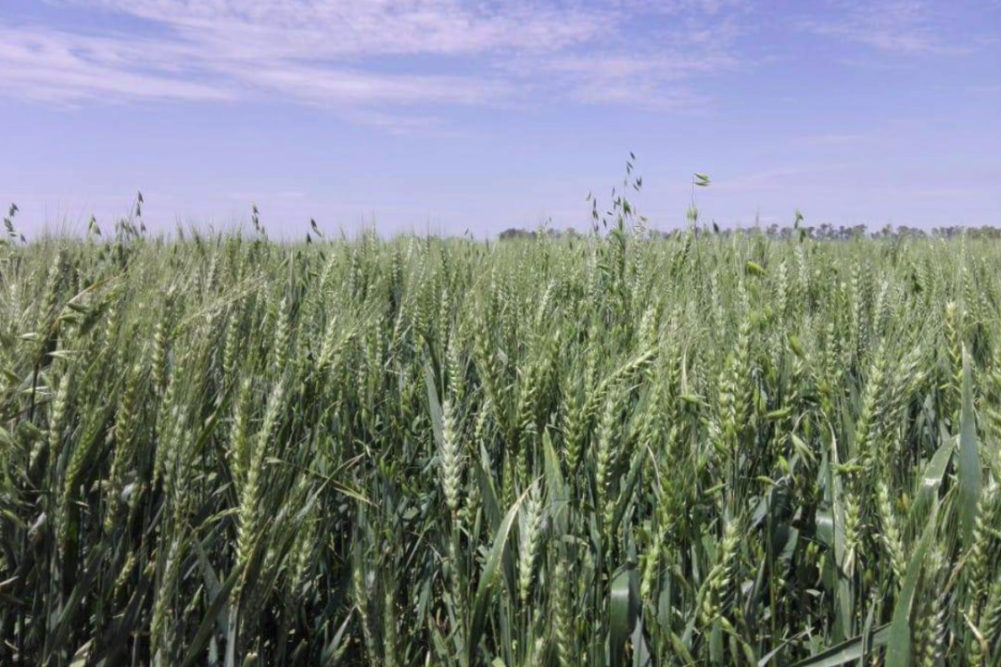CANBERRA, AUSTRALIA — Argentina-based Bioceres Crop Solutions said it is moving forward in its push to obtain approval to plant and produce its genetically modified drought-resistant wheat in Australia.
Frederico Trucco, chief executive officer of Bioceres, told Reuters on June 23 that it plans to carry out field tests of its GM wheat in Australia and will seek planting approvals next year.
No major wheat exporter has felt the effects of climate change in the last 15 years more than Australia. During that time, it has endured two historic droughts — in 2006-07 and 2007-08 and in 2018-19 and 2019-20 — in which production was less than half of this year’s record output of 36 million tonnes, including 10 million tonnes in 2006-07 and 14.4 million in 2018-19.
Bioceres scored a major victory in May when Food Standards Australia New Zealand approved the company’s drought tolerant strain HB4 for use in food. However, a different governing body — the Office of the Gene Technology Regulator — must provide approval for the planting of HB4.
If Bioceres can secure planting approvals in Australia, it could open the door for acceptance in other major wheat producing and exporting countries such as the United States.
The only country that thus far has approved planting of HB4 is Bioceres’ home country, Argentina. Brazil, a major importer, is test planting the GM wheat in its Cerrado region.
The timing of Bioceres’ push for global acceptance of its drought-resistant GM wheat appears to be optimal as drought is impacting wheat production worldwide, including India, the world’s second largest wheat producer, and the United States, which is among the world’s top five producers and exporters.
Add to that the ongoing supply chain problems and the war between Russia and Ukraine that has limited exports from those major exporting countries, causing wheat prices to skyrocket, and the perceived need for GM wheat has perhaps never been greater.
“This has created a distinct situation to what we had before the conflict and puts wheat right at the center,” Trucco told Reuters.
Although most of the world’s corn and soybean crops, which primarily are fed to livestock, are genetically modified, GM wheat has been slower to gain acceptance since it is primarily consumed directly by humans in bread, pasta and other processed products.






